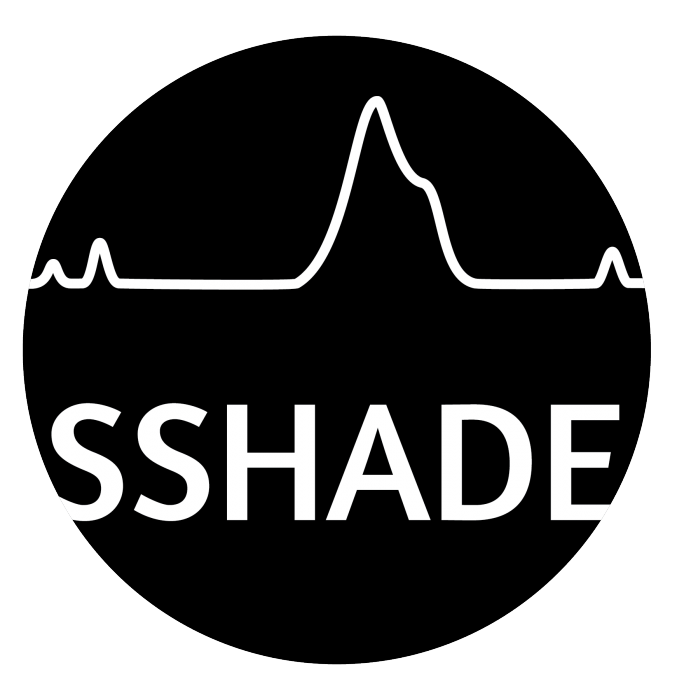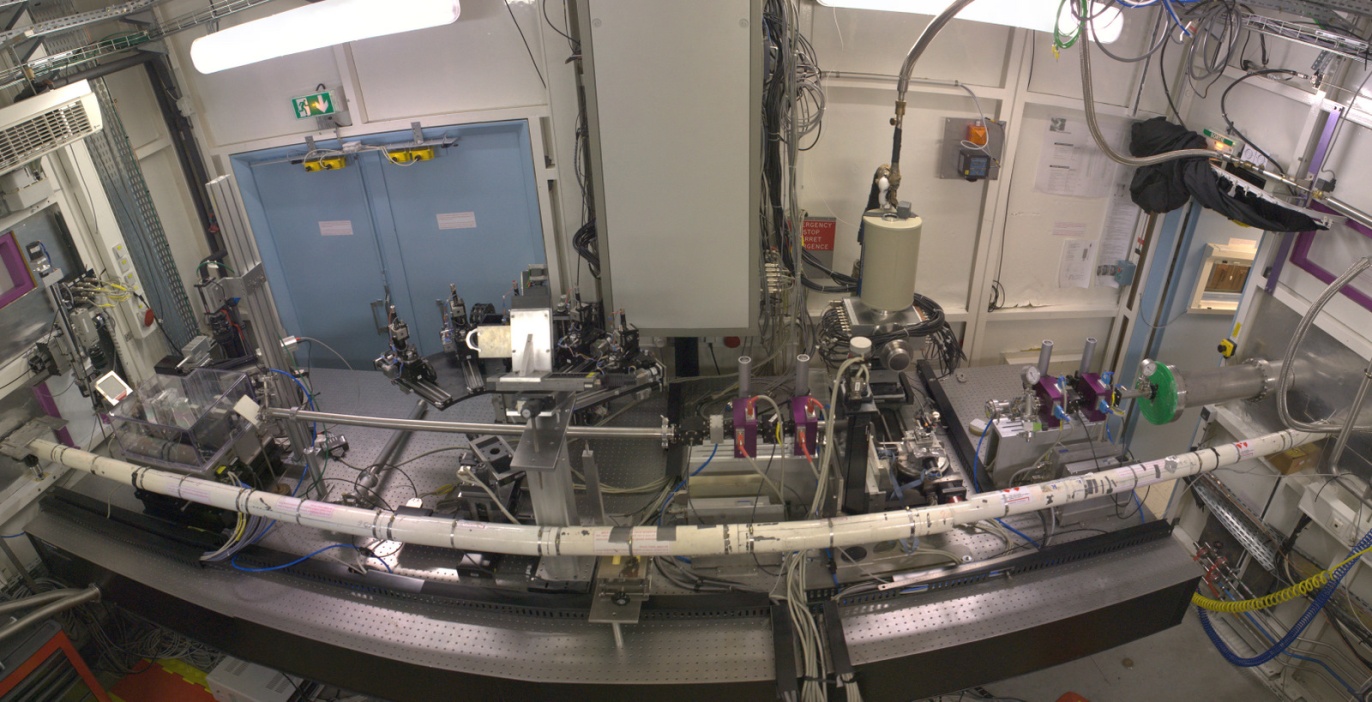- Home
- Users & Science
- Find a beamline
- Collaborating research group beamlines
- BM30 - FAME - The French Absorption spectroscopy beamline in Material and Environmental sciences
BM30 - FAME - The French Absorption spectroscopy beamline in Material and Environmental sciences

FAME, the French Absorption spectroscopy beamline in Material and Environmental science, is dedicated to X-ray absorption spectroscopy. FAME covers a wide variety of scientific fields (materials science, biophysics, chemistry) but focuses mainly in geochemical sciences where, in most cases, the probed elements are highly diluted.
FAME being a bending magnet beamline, the optical elements have been designed in order firstly to maximize the photon flux on the sample and secondly to optimize the beamline stability and reduce the non-statistical noise (Proux et al. Journal of Synchrotron Radiation 13 (2006) 59-68). Moreover, for an optimal acquisition of XAS spectra on diluted elements, the intense x-ray beam on the sample needs to be associated with a highly sensitive detection system: fluorescence detection is achieved with a 30-element Canberra Ge solid state detector.
Opened to users since 2002, the beamline offers several sample environments, either to improve the measurements (helium cryostat), either to carry out in-situ measurements (HP-HT vessel, gaseous cell), and can accept many other apparatus.
FAME is one of the French CRG beamlines at the ESRF: beamtime can be asked both through the ESRF and the Soleil program committees.
Deadlines for proposal submission: in February/March and September
For exact dates, see ESRF and SOLEIL websites.
FAME will be closed for upgrade for this call. Nevertheless, an EXAFS station will be set up with a multi-element fluorescence detector on BM16. Thus, you will be able to apply on both committees as usual.
Be careful:
- on the SunSet website, you will have to select FAME-UHD as "Requested Beamline" and FAME as "Experimental Station" (see image).
- on the ESRF website, you will have to selctect BM16 (see image).
 |
FAME is part of the SSHADE infrastructure which contains a set of specialized databases on solid spectroscopy from various research groups. You can go to our dedicated webpage to have more information. |




